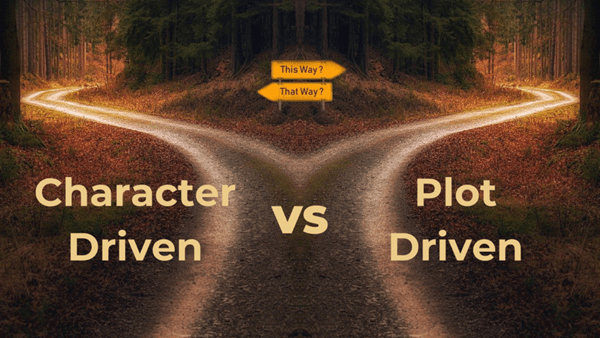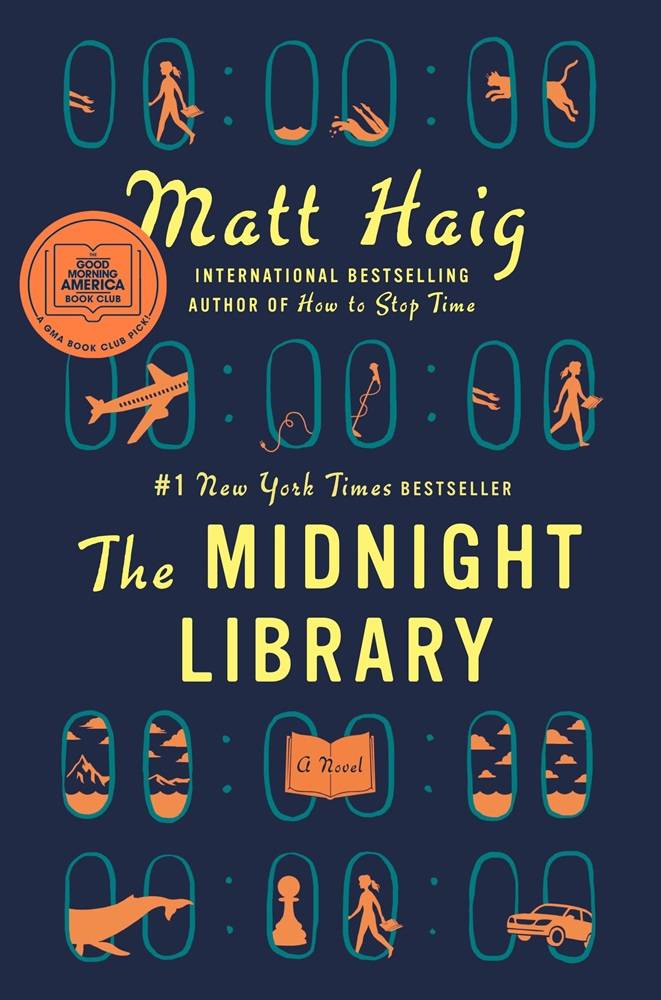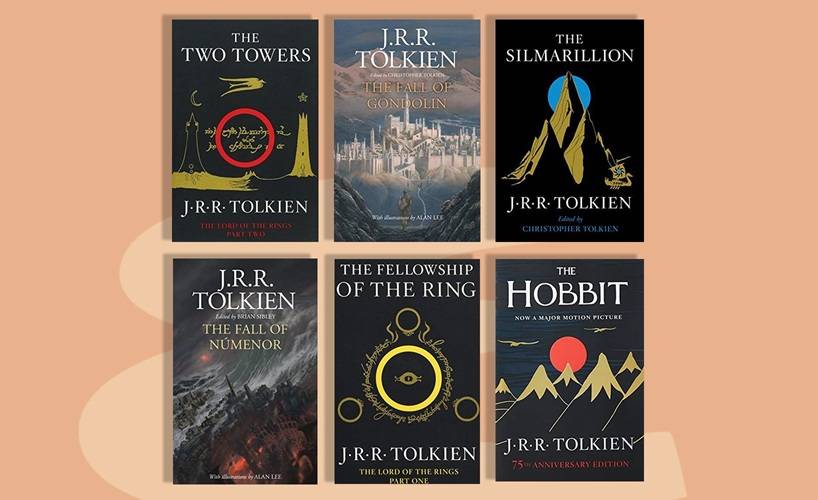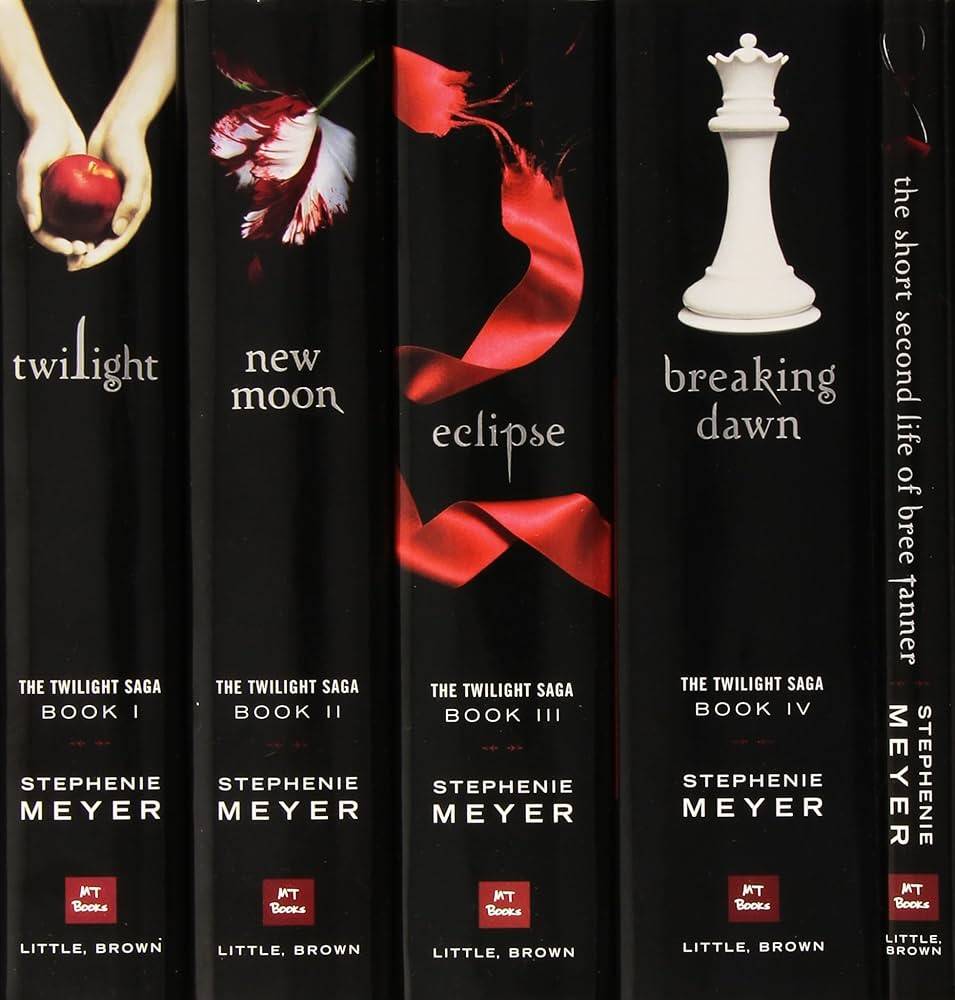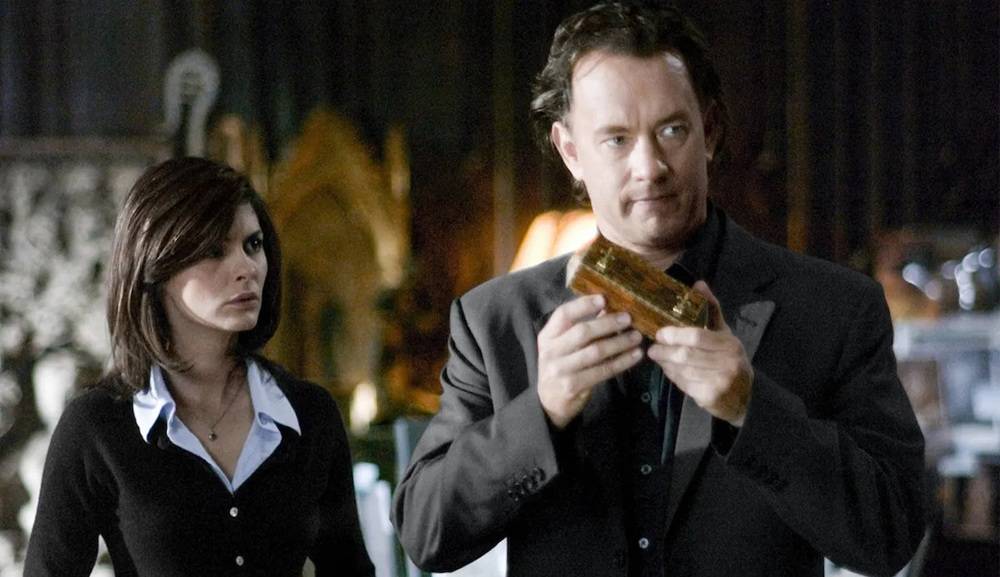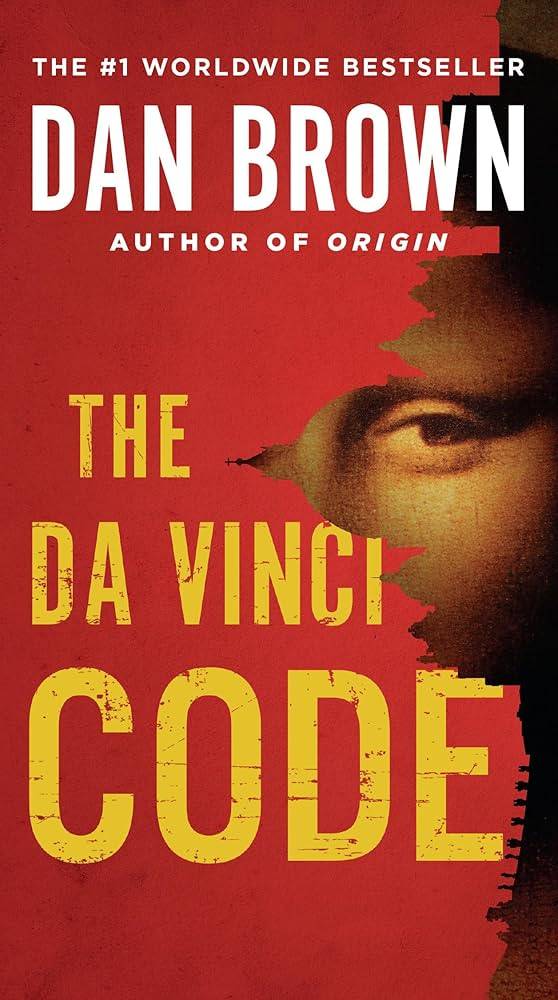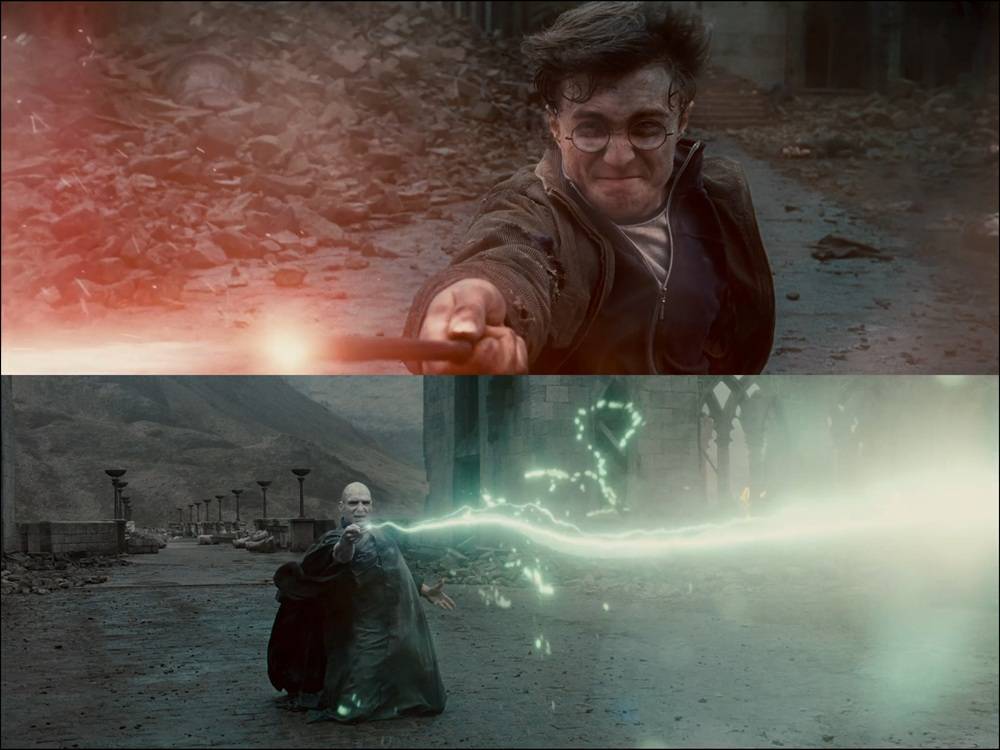Imagine that you’re reading a book that looks very much like it’ll be added to your favorites pile. But what is it about the story that attracts you more? Is it the protagonist and their feelings and thoughts that hooked you to the narrative? Or is it really how the plot progresses, one conflict stacked on top of the previous one in an intriguing way?
These are not random questions, oh no! Instead, they summarise the two storytelling types you’d find most books are based on – character-driven, and plot-driven, respectively.
If you choose one of them, it’s obviously your preference while reading books. But that does make you wonder whether one of these storytelling styles is superior to the other!
Character-Driven Vs Plot-Driven Stories – What Are They?
On the surface, literature seems to be riddled with tropes, cliches, and archetypes. But when you dive deeper into the science of writing, most stories follow either of the two distinct storytelling formats. It is either the protagonist that takes the reins or it’s the plot:
-
Character-Driven Novels:
In a character-driven plot, everything revolves around the protagonist. The character’s personality, thought processes, and emotions are all laid out in the open so that readers can understand and connect with them. So, you can expect a lot of internal monologues, conflicting feelings, and immediate reactions.
Just having the character’s POV doesn’t mean the book is character-driven. It’s more about focusing on the why the protagonist does what they do. As a result, the character is a complex and dynamic one, while the plot is usually (not always) on the lighter side. You’d find this type of storytelling in genres like romance, historical fiction, and coming-of-age stories. But that doesn’t mean it’s limited to just those genres – because, after all, characters are everywhere too.
A prime example of such a story is Matt Haig’s The Midnight Library. The plot and its fantasy world (read: the quantum library) is just there to aid her journey. She actively chooses which lives to try, and in doing so, replaces her internal struggles and depression with hope and happiness. We see her personal and emotional growth in real-time, something that would’ve been next to impossible to show in plot or world-driven stories.
-
Plot-Driven Stories:
A plot-driven story is where the storyline (and its world) drives the story. Authors pour all their efforts into building a kickass plot and an equally intriguing world, then place the characters in their respective places. The people just go with the flow here, letting the plot take them where it needs them to be.
These stories usually show a really intricate world with a complex set of rules, quests, battles, and missions, depending on the genre. The intrigue doesn’t come from ‘What will the character do?’ but from ‘What will happen next?’, thanks to all those high-stakes twists and turns.
An instance of a plot-driven story, very obviously, is Lord of the Rings by J.R.R. Tolkien. While the books are littered with characters – seriously, there are a whole lot of characters – the series is still plot-driven. There is a clear quest that directly influences the fate of the world, and all the characters, including the supposed protagonist, work in tandem to fulfill it. It wouldn’t matter if Frodo is replaced by any other humble character or another Elf takes Legolas’ place. The story would still continue.
Elements of Character-Driven and Plot-Driven Stories
When it comes to writing, the focus of both these storytelling ways is simple and straightforward. However, both those story formats have a couple of nuanced elements the author needs to take care of.
Character-driven stories should have:
- A dynamic character with a well-developed backstory. It doesn’t matter if they’re pure as sunshine or an evil demon. All they need is a far-from-perfect personality with fears, desires, and internal struggles that’ll propel the story forward and put everything in perspective.
- A conflict, whether internal or external, that will increase the tension. It makes the protagonist confront the antagonist (also, could be their own self or something or someone else) and helps them transform.
- A clear point of view which immerses the readers in the story. Along with giving the narrative some depth, it helps the readers connect with the characters and live vicariously through them.
Whereas, plot-driven novels generally showcase:
- A detailed storyline running at a steady pace. If you have the entire plot mapped out in your head, it’s easier to add intrigue wherever you need without diverting the attention from the end goal.
- Plot twists that actually make sense. Since it’s the plot that’s going to keep the readers hooked, it’s necessary to throw in subplots and unexpected links between them and the overarching storyline. And that can be effectively done with some good plot twists.
- Interesting characters that complement the story. While it’s not absolutely necessary to add dynamic characters, it’d be much better if you give the readers someone they can relate to or at least understand and love.
Character-Driven Vs Plot Driven – Which Story Format Is Superior?
And now that brings us to the age-old question – which storytelling type is superior? Well, half of the readers pick up character-driven novels, whereas the rest rally around plot-driven books. But that doesn’t mean one storytelling format is better than the other!
In fact, if you really observe the books you read, you’d see that there is no versus between these two types. That’s because every book ever written is a mix of both character-driven and plot-driven elements. If this mix is not balanced properly, it basically leads to that novel being dumped into either of these storytelling types. In fact, a variety of genres have unofficially adopted one of these formats as their own.
So, a character-driven plot really complements genres like romance and coming-of-age. These stories need more focus on the character and their emotions and internal struggles instead of the intricacies of external events. In Stephenie Meyer’s The Twilight Saga, the plot kickstarts when Bella moves to a small town. It is essentially her story, even if there are other external conflicts and fantasy elements.
On the other hand, plot-driven stories are better if it’s used for murder mystery, fantasy, or sci-fi. The stories of these genres need a strong plot to move to their resolutions. For example, in The Da Vinci Code by Dan Brown, it’s the murder at the start that sets the plot in motion, pushing Langdon into the whirlwind of it. Even if Langdon is a well-fleshed-out character, he’s simply reacting to the Holy Grail quest laid in front of him.
Yet, both these examples – and all the other books – have traces of plot-driven and character-driven elements respectively. The Twilight Saga develops more of a plot that has the characters reacting (rather strongly) to it. Whereas, The Da Vinci Code has a protagonist that can’t be replaced by any other random character. That book needs a smart but reluctant hero to complement the mystery.
Novels and Series that are Both Character-Driven and Plot-Driven!
There’s no way to achieve a perfectly balanced character and plot-driven story, as one is bound to overpower the other, depending on the story idea and its writer. Yet, that never deterred the authors from trying to grasp that balance. Here are some novels that go the closest to that ever-elusive balance:
-
The Hunger Games – Suzanne Collins:
The series starts off as plot-driven, where Katniss is pulled into the games for the sake of her district. The protagonist – and the characters – react to the setting and the atmosphere and act accordingly. But as readers reach the end of the trilogy, the story becomes more character-driven, where Katniss gets more authority in influencing the outcomes.
-
Harry Potter – J.K. Rowling:
You’d say the Harry Potter series is character-driven – and it won’t be false. There are many strong well-rounded characters – especially Harry – all of whom go through amazing character development. Yet, the series takes place in the first place because of an external event, i.e. stopping Voldemort. If that goal didn’t exist, the characters wouldn’t have interacted the way they did and taken the story where it went. This balanced interaction between the plot and the characters in an intricately built world is what makes this series so good!
-
I Am the Messenger – Markus Zusak:
The story of I Am the Messenger revolves around Ed, a 19-year-old cabbie who is just drifting through life. However, he accidentally stops a bank robbery and becomes a local hero. While the media craze dies down, Ed starts receiving playing cards with addresses and clues. Clues for what? To become an actual local hero.
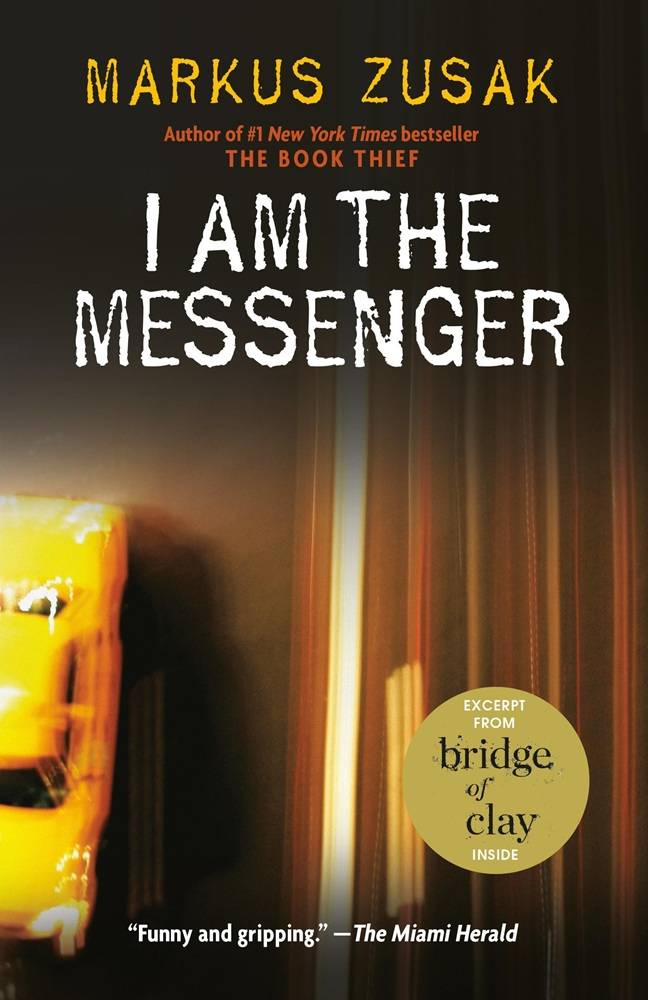
While the book is primarily focused on Ed’s character arc, it’s also the big plot event – and the following ones – that influences him. Zusak has managed to balance the story on the thin line between character-driven and plot-driven and it’s simply amazing!
Final Words
Ultimately, this argument of character-driven vs plot-driven is futile, because no format is inherently better than the other. Both are just there to help the authors realize their initial vision of a novel that readers will love to experience. And isn’t that the main goal, anyway – crafting a story that will resonate with the readers?


